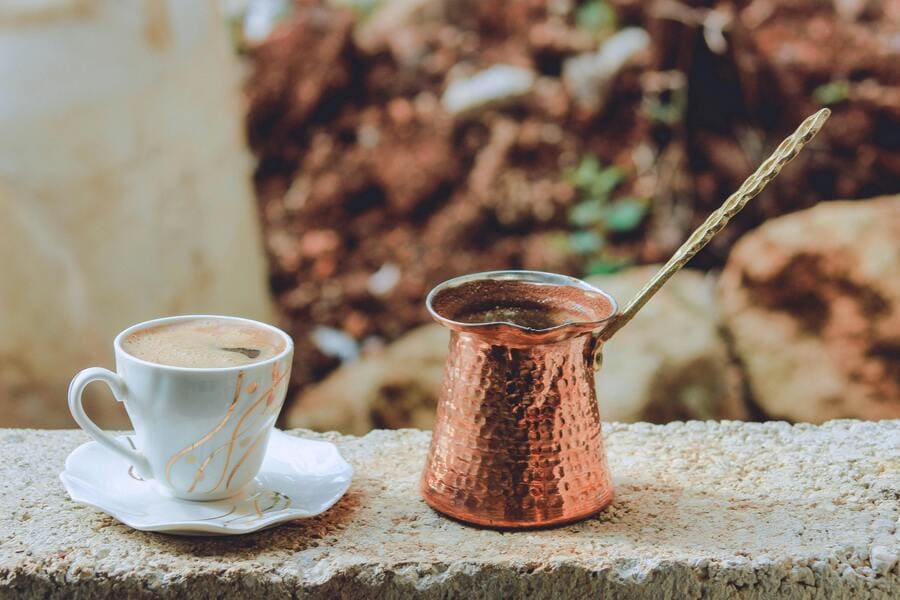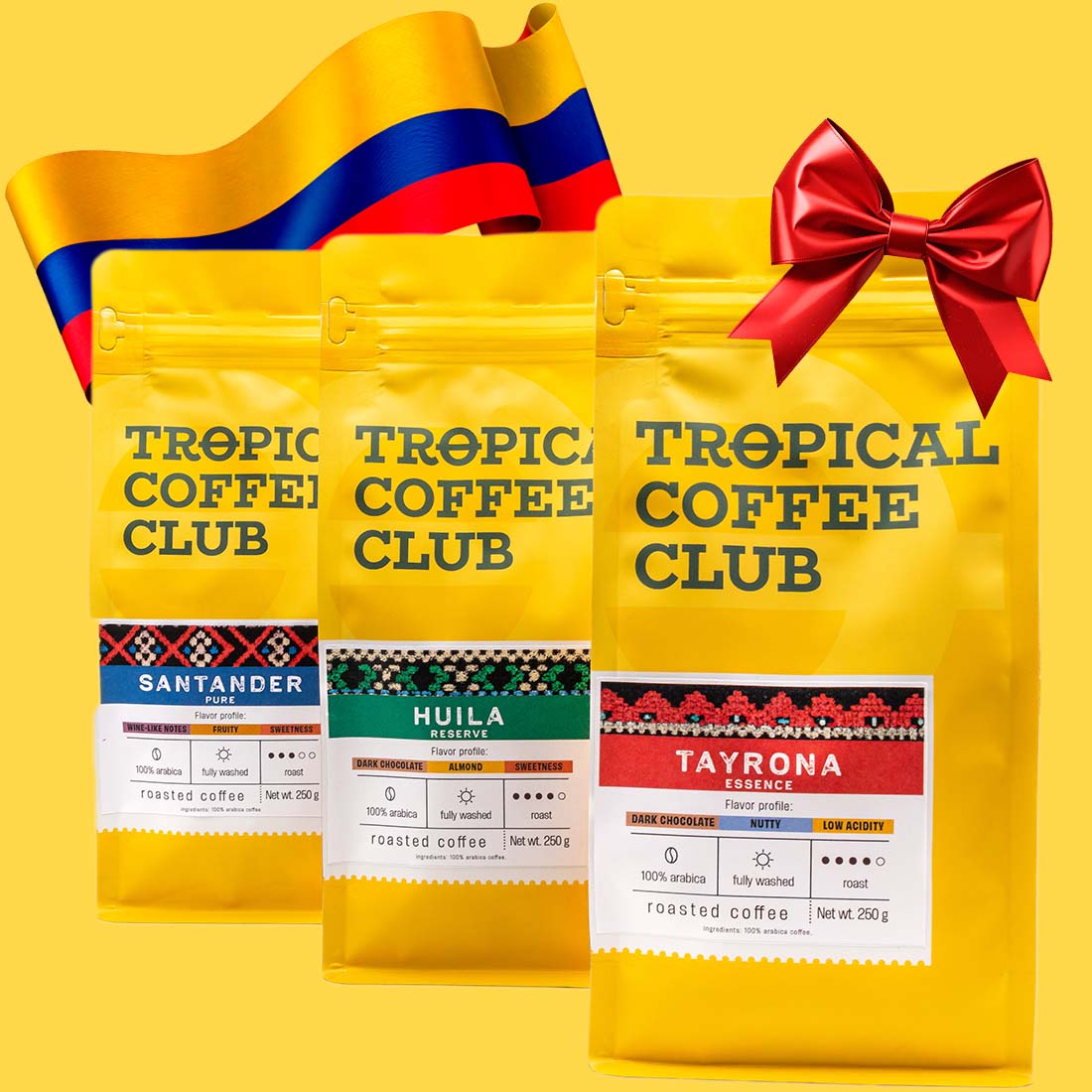Turkish coffee is more than just a drink; it’s a cultural experience steeped in history and tradition. Renowned for its bold flavor, rich texture, and unique brewing process, Turkish coffee has been enjoyed for centuries in homes, coffeehouses, and ceremonies. In this guide, we’ll explore the fascinating history of Turkish coffee, its cultural significance, and how to make it authentically at home.
The History of Turkish Coffee
The story of Turkish coffee begins in the 16th century when coffee first arrived in the Ottoman Empire from Yemen. Quickly embraced by the empire, coffee became a cornerstone of daily life and culture. Istanbul’s first coffeehouses, known as “kahvehane,” opened during this time, becoming hubs for socializing, intellectual discussion, and entertainment.
Turkish coffee gained global recognition as Ottoman merchants introduced it to Europe, contributing to the rise of coffee culture across the continent. Today, Turkish coffee remains a symbol of hospitality and tradition in Turkey and beyond.
The Tradition of Turkish Coffee
A Symbol of Hospitality
Serving Turkish coffee is a gesture of hospitality and respect. It’s customary to serve it to guests alongside a glass of water and a sweet treat like Turkish delight or baklava.
Coffee Fortune Telling (Tasseography)
One unique tradition linked to Turkish coffee is fortune-telling. After drinking, the grounds left at the bottom of the cup are used to predict the drinker’s future, making the experience both fun and mystical.
UNESCO Recognition
In 2013, Turkish coffee was added to UNESCO’s Intangible Cultural Heritage List, highlighting its importance as a cultural practice.
How to Make Turkish Coffee
Making Turkish coffee at home requires a specific technique and a few traditional tools. Here’s how to prepare it step by step:
Ingredients:
- 1 cup (100 ml) cold water
- 1-2 teaspoons finely ground Turkish coffee (powder-like consistency)
- Sugar (optional, to taste)
Equipment:
- Cezve: A small, long-handled pot used specifically for making Turkish coffee.
- A demitasse cup for serving.
Instructions:
- Measure Water: Add one demitasse cup of cold water for each serving into the cezve.
- Add Coffee and Sugar: Add 1-2 teaspoons of finely ground Turkish coffee per serving. If you prefer sweet coffee, add sugar now (mild = 1 tsp, medium = 2 tsp, sweet = 3 tsp).
- Mix Before Heating: Stir the mixture well before placing it on the stove.
- Heat Slowly: Heat the cezve over low heat without stirring further. A foam will start forming on top—this is essential for authentic Turkish coffee.
- Remove and Serve Foam: When the foam rises, remove the cezve from the heat and spoon some foam into each cup.
- Reheat and Pour: Return the cezve to the stove and let the coffee heat briefly again. Pour the coffee into the cups, ensuring the grounds settle at the bottom.
Pro Tip: Do not stir after heating to preserve the foam and allow the grounds to settle.

Tips for the Perfect Turkish Coffee
- Use Freshly Ground Coffee
Always use finely ground coffee specifically labeled for Turkish brewing. The finer the grind, the better the flavor and texture. - Focus on the Foam
The foam is a hallmark of Turkish coffee. Heating the coffee slowly over low heat helps create a thick, stable foam. - Serve Immediately
Turkish coffee is best served fresh and piping hot to preserve its bold flavor and aroma. - Pair with a Sweet Treat
Serve with Turkish delight, dates, or baklava for an authentic experience.
Variations of Turkish Coffee
- With Cardamom: Add a pinch of ground cardamom to the cezve for a fragrant and slightly spicy twist.
- Milk-Based Turkish Coffee: Replace water with milk for a creamier, richer version.
- Dibek Coffee: A variation made with coarsely ground coffee and a blend of flavors like chocolate or mastic.
Turkish Coffee Around the World
Turkish coffee is enjoyed in many countries beyond Turkey, including Greece, the Middle East, and the Balkans, each with its unique preparation methods and traditions. For instance, it’s known as “Greek coffee” in Greece and “Bosnian coffee” in Bosnia and Herzegovina. While the names and rituals may differ, the core brewing technique remains the same.



